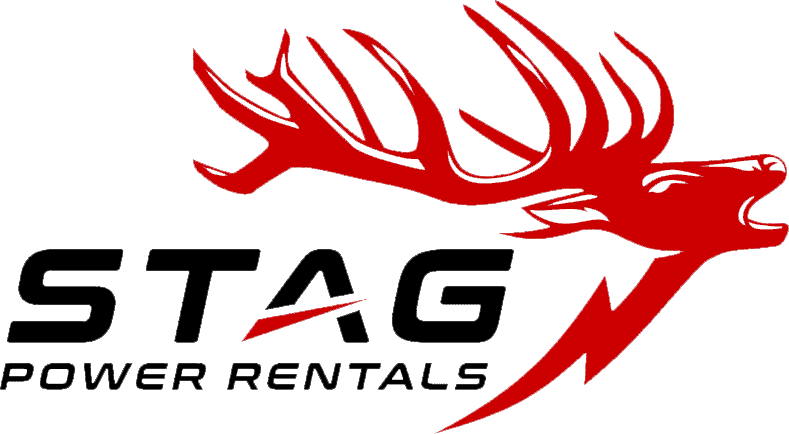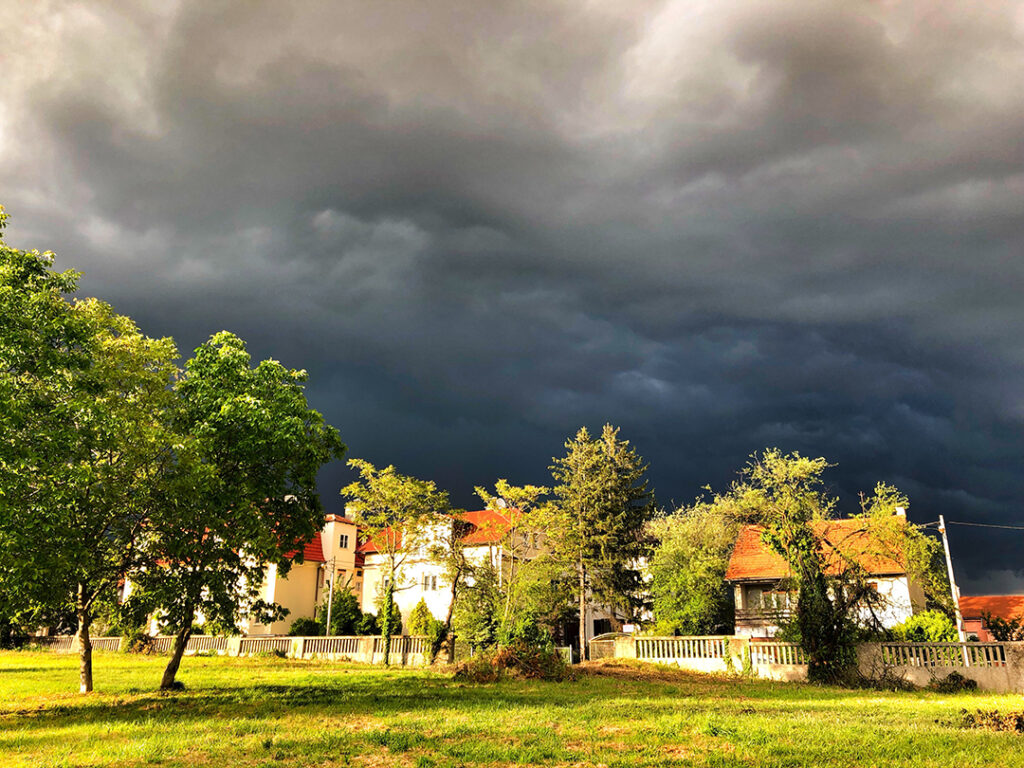Severe hurricanes can bring Gulf Coast operations to a sudden halt. Power outages disrupt production, damage equipment, and compromise safety. For industrial facilities, a dependable diesel generator isn’t just a precaution—it’s a lifeline.
When the grid fails, industrial generators keep critical systems online. But running them through violent storms takes more than flipping a switch. It requires precise planning, skilled handling, and strict safety practices to protect people, equipment, and operations.
Preparing Your Generator Before the Storm Hits
Preparation is the foundation of industrial generator safety. The hours before a hurricane offer a narrow window to verify your equipment is ready to perform under pressure. Follow a structured protocol—never rely on last-minute guesswork.
1. Perform a Full Load Test
Before any major storm, conduct a full load bank test to confirm the unit can run at expected capacity for extended periods. Load testing reveals weaknesses in fuel delivery, cooling, and output performance. Many providers recommend monthly or quarterly testing during hurricane season.
2. Inspect Fuel Levels and Quality
Top off diesel tanks in advance. Test fuel older than six months for microbial growth, water contamination, or sludge; use stabilizers for extended storage. Learn more about diesel fuel considerations for industrial generators.
3. Secure the Generator and Surroundings
High winds and debris are common threats. Lock and weather-seal all panels. Anchor portable generators and clear branches, loose tools, and combustibles from the generator zone.
4. Verify the Transfer Switch
Inspect automatic transfer switches (ATS) for proper switchover when utility power drops. For manual systems, post current operating instructions and assign trained staff.
5. Update Your Emergency Power Plan
Review power-priority lists, load charts, and staff responsibilities. Confirm contacts for generator support and diesel delivery. A concise, documented hurricane contingency power plan speeds recovery and reduces errors.
Safe Practices During Hurricane Generator Use
During the storm, operators must stay alert and follow safety tips. Even a well-prepared generator can become hazardous if overloaded, poorly ventilated, or adjusted by untrained personnel.
1. Maintain Safe Ventilation
Generators produce carbon monoxide. Operate outdoors or in rated enclosures with proper airflow. Keep exhaust clear of intake vents and walkways.
2. Monitor Loads in Real Time
Use load meters to prevent overloads. Large motors (HVAC, pumps, compressors) can cause surge demands—stagger starts and distribute loads strategically. An industrial generator power calculator helps right-size capacity.
3. Check Fuel System Integrity
Inspect fuel lines for vibration damage or corrosion. Use secondary containment where available. For continuous use, establish refueling procedures that account for road closures and emergency restrictions. Reference a diesel fuel consumption chart for planning.
4. Protect Cables and Temporary Power Gear
Use heavy-duty, weatherproof cables and rated spider boxes. Elevate connections to prevent water intrusion and clearly label circuits for quick troubleshooting. Explore power accessories that enhance safety and reliability.
5. Restrict Operation to Trained Personnel
Only trained staff should start, stop, or change generator settings. Incorrect voltage adjustments or phase mismatches can damage equipment and create shock hazards. See essential generator usage guidelines.
Handling Emergency Power Issues During a Storm
- Overheat alarms: Shut down and allow to cool. Inspect coolant levels, radiator airflow, and ventilation blockages.
- Fuel supply problems: Switch to reserve tanks or initiate backup deliveries. Share current burn rate and runtime with your vendor.
- Power fluctuation/brownouts: Shed non-essential loads—fluctuations may indicate derating or regulator issues.
Post-Storm Generator Maintenance & Inspection
Once utility power is restored, assess the system and prepare it for the next deployment.
1. Cool Down and Shut Down Properly
Let the generator run at no load to cool before shutdown. Avoid immediate power-off after peak use to prevent heat soak and component warping.
2. Conduct a Post-Event Inspection
Check for fuel and oil leaks, terminal corrosion, and water intrusion. Remove panels, clean/replace filters, and verify that vibration hasn’t loosened wiring or components.
3. Replenish Fuel and Fluids
Top off diesel, coolant, and lubricants. If water intrusion is suspected, flush and refill with manufacturer-approved fluids.
4. Record Runtime and Performance
Log operating hours, fuel usage, and any anomalies. These records improve sizing decisions, maintenance scheduling, and future rental planning.
5. Schedule Preventive Service
Even if it ran flawlessly, post-event maintenance boosts long-term reliability. Coordinate a full inspection and service with your provider before the next alert.
Storm-Ready Solutions for Business Continuity
Staying powered during a hurricane takes the right equipment, setup, and support. Stag Power Rentals supports industrial operations in Houston, Beaumont, Galveston, and across the Texas Gulf Coast with dependable emergency power solutions.
Available options include:
- Industrial generators from 20kW to 2000kW
- Backup power systems for business continuity
- Shift-based billing: single, double, and 24-hour
- Cable, transformer, and power distribution rentals
- Rapid delivery and flexible rental terms
Put your plan in place before the season starts. Get a generator quote today and be ready when the next storm approaches.


